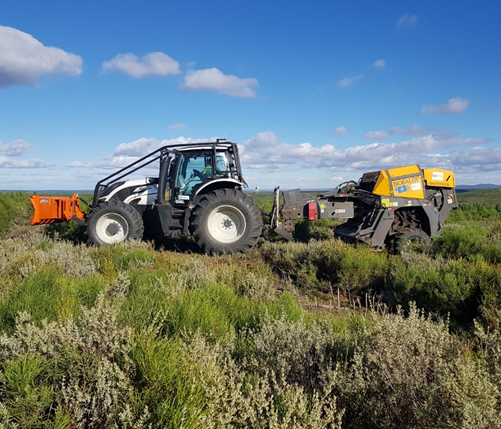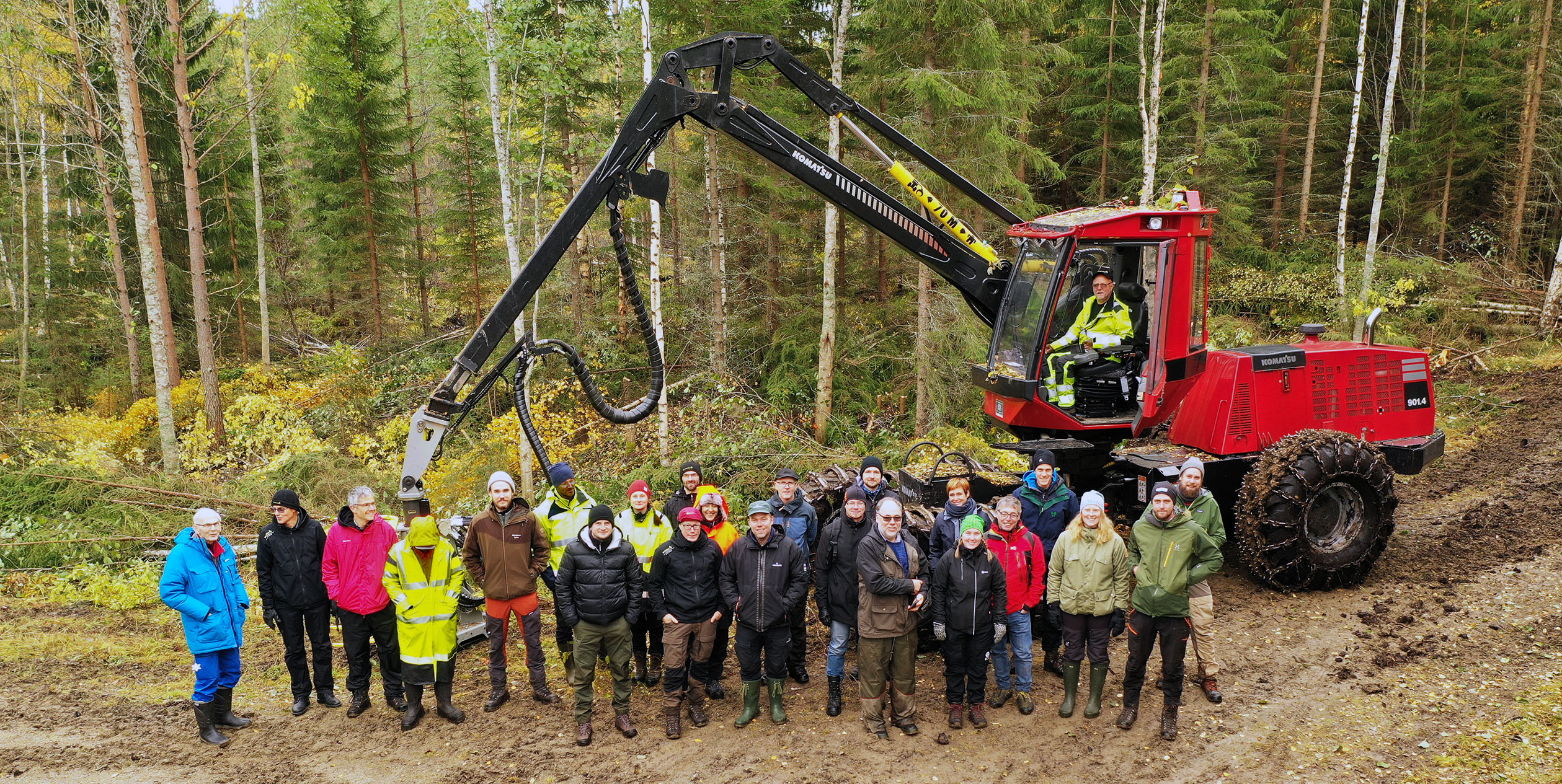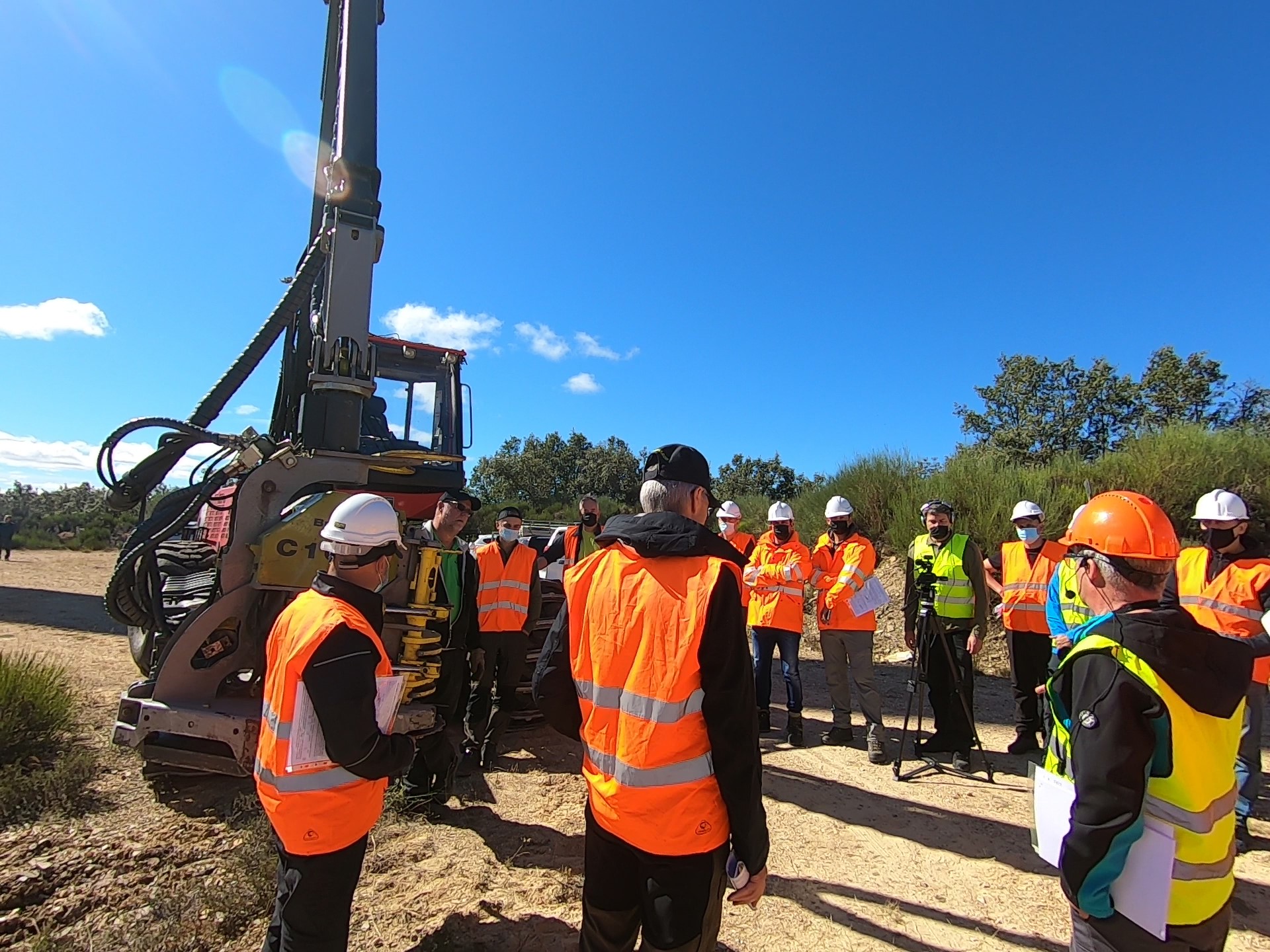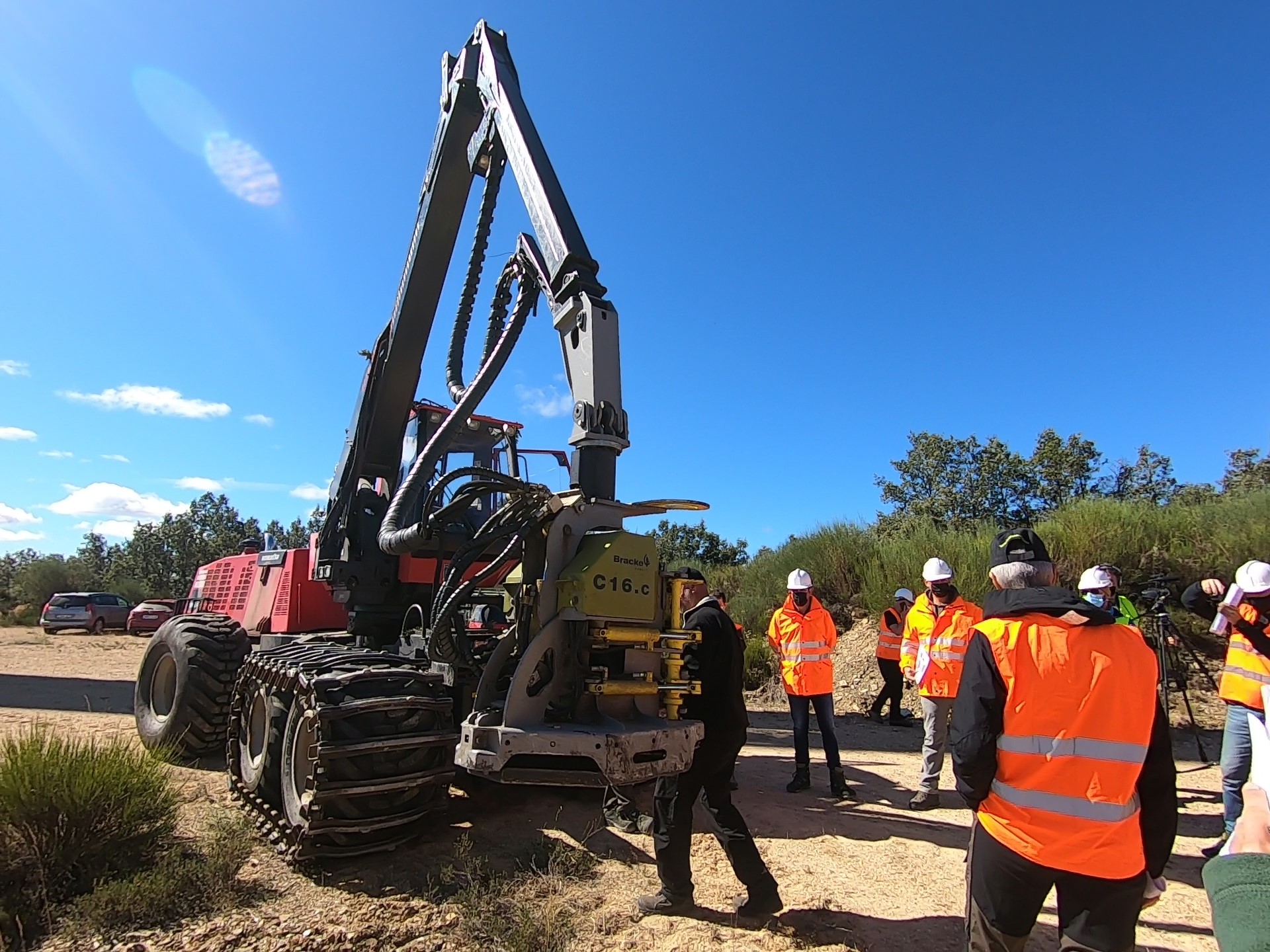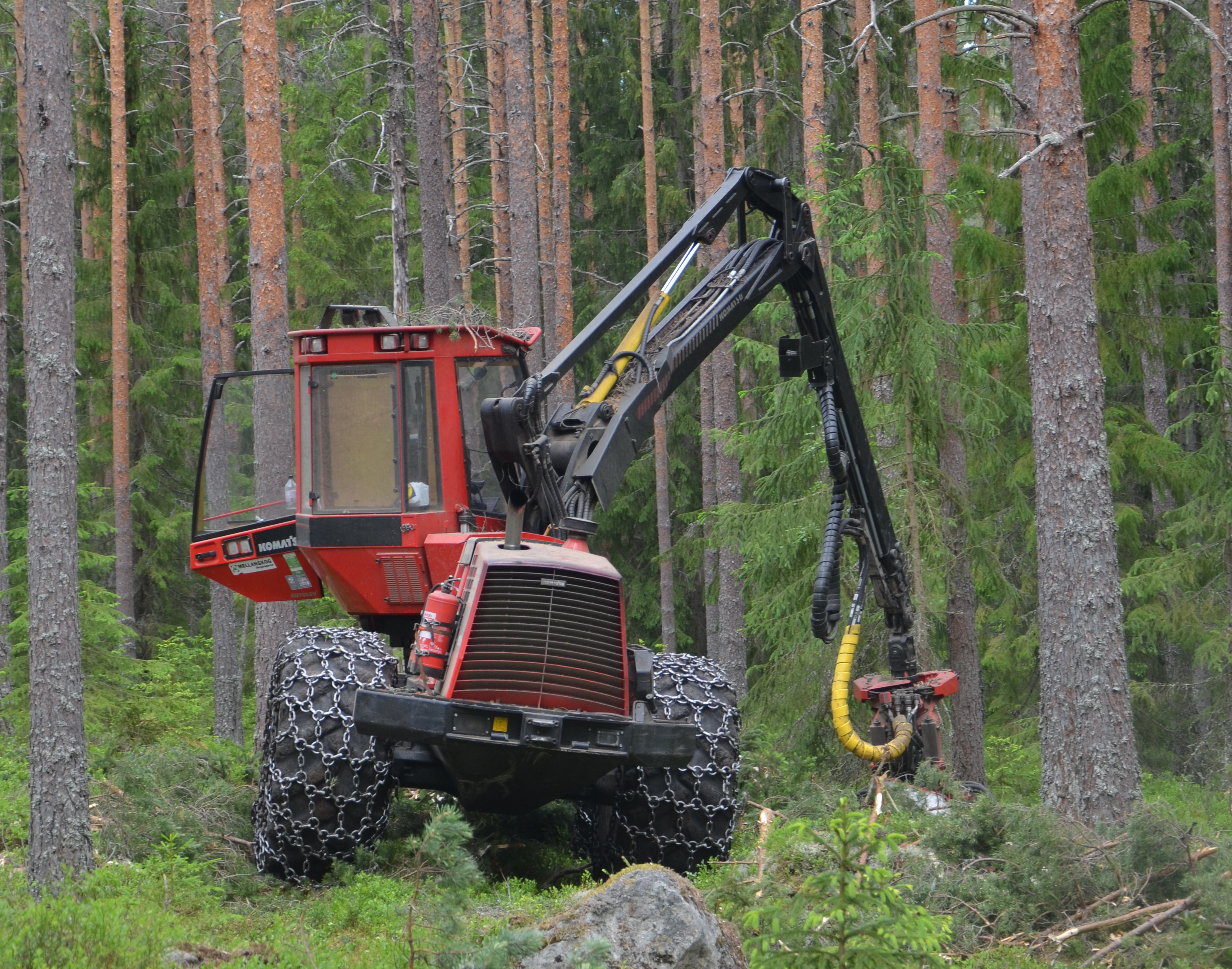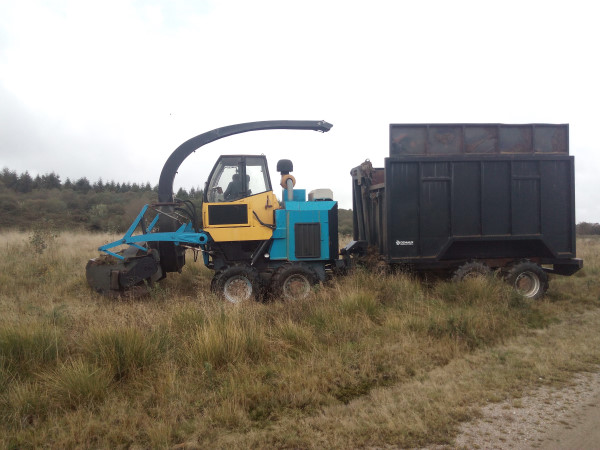A systematic mulching has been studied in two plain sites (11.4 ha) dominated by Pinus pinaster Ait. regeneration after a severe 2012 wildfire in Northwest of Spain.
The aim of this study was to assess and compare the systematic mulching and selective clearing work on post-fire naturally regenerated pine stands applying two different techniques and working methods: Biobaler WB55 and conventional chain mulcher carrying out a systematic mulching of 50% vs. 67% of total stand surface. Cost, work quality and the strip width influence on manual clearing productivity were assessed.
The average Biobaler biomass collection productivity was 1.41 odt (oven dry tonne)·Workh-1. Although the surface productivity was slightly higher for the BioBaler, the economic balance of the treatment was costlier than the one for the conventional mulcher.

